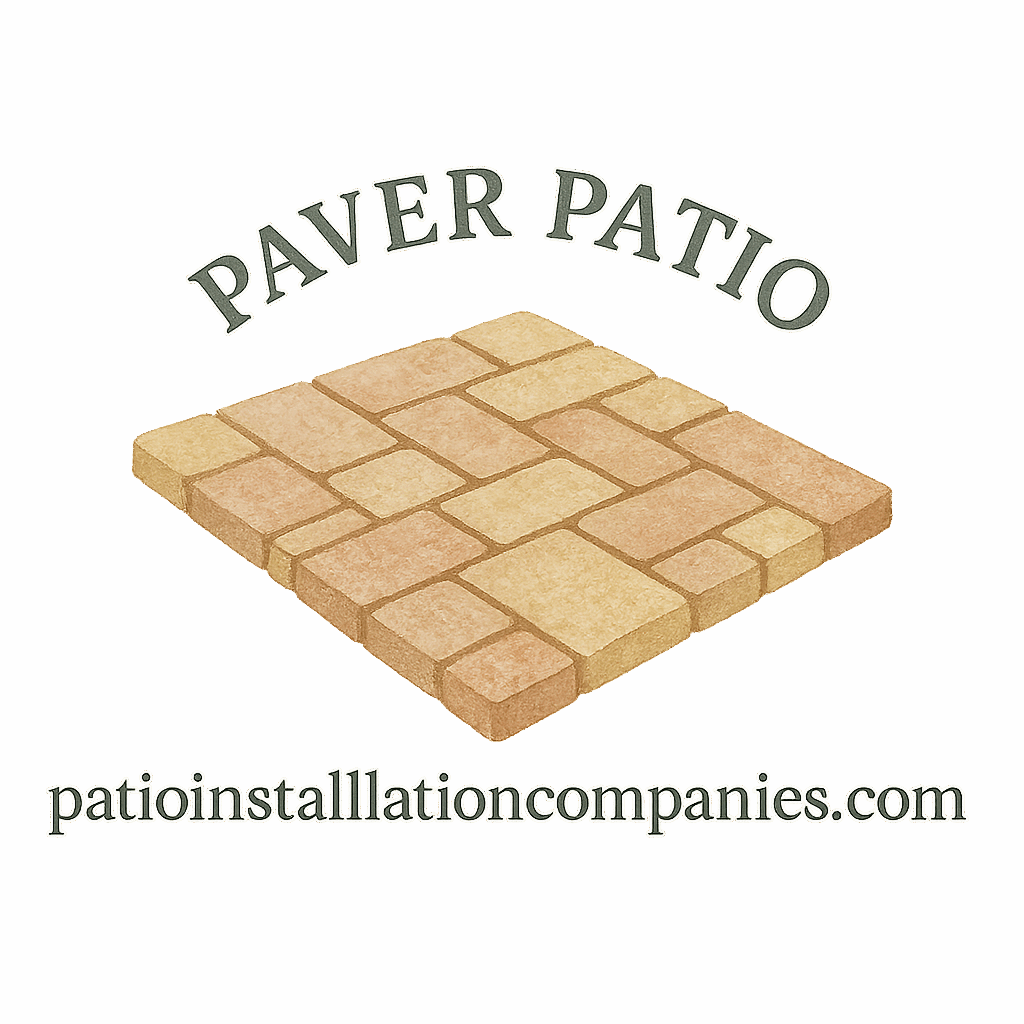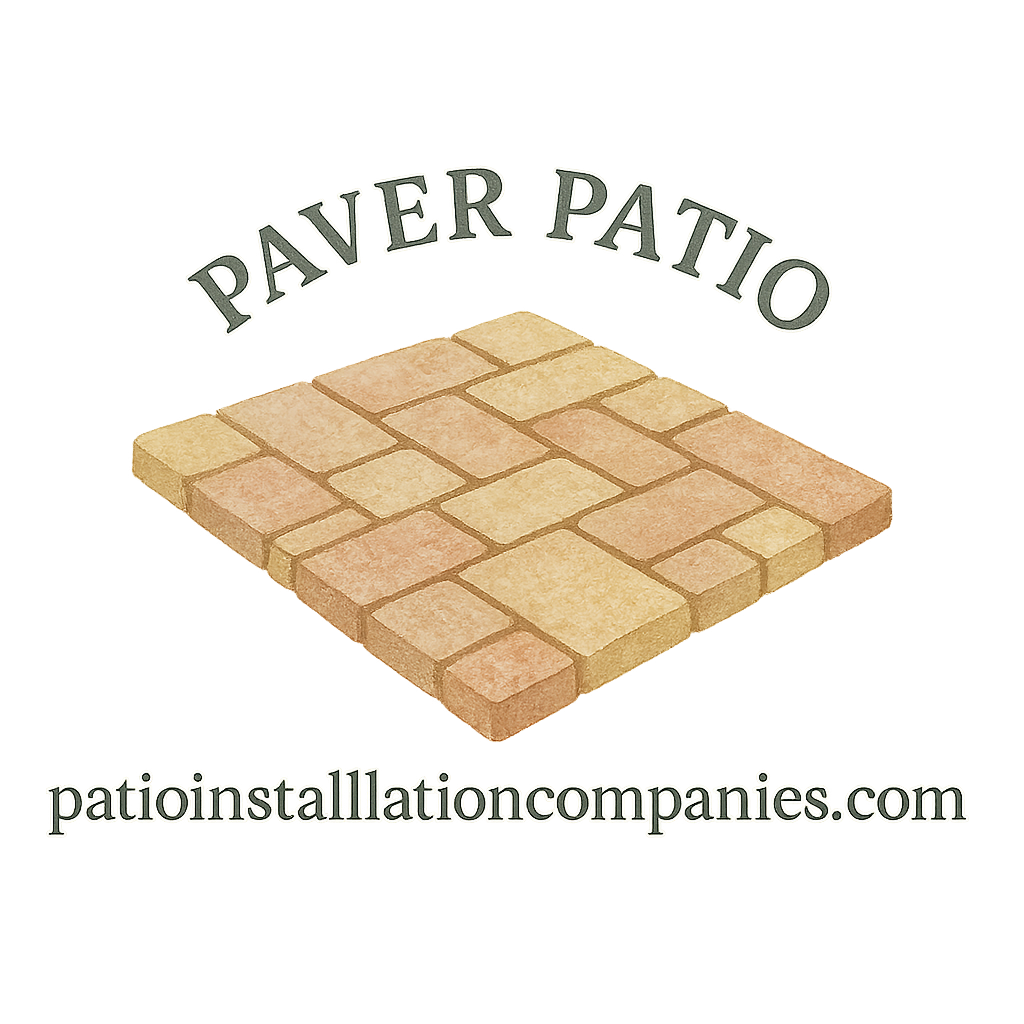Thinking about installing a beautiful paver patio in your backyard? That’s awesome! Whether you’re going DIY or planning to hire a pro, knowing exactly what materials you need will make the entire process smoother, faster, and more cost-efficient. In this guide, we’re breaking down the 8 essential materials for your paver patio project—and why each one is crucial to your success.
Let’s get into it!
Why the Right Materials Matter
Before you start tossing pavers into your backyard, it’s important to realize this isn’t just a “set it and forget it” kind of project. A patio needs to be durable, well-drained, and weather-resistant. The materials you choose will affect how your patio looks and lasts.
Wondering if you should go with concrete or natural stone? Need to understand why gravel and sand layers even matter?
We’ve got your answers.
Material #1: Paver Stones
Let’s start with the star of the show—the pavers.
Types of Paver Stones
Pavers come in a variety of materials, including:
- Concrete
- Clay Brick
- Natural Stone (like flagstone or bluestone)
Concrete Pavers vs Natural Stone
Concrete vs Pavers is a big debate in the patio world. Concrete pavers are affordable, easy to install, and come in many styles. Natural stone? Pricier, but super elegant and durable.
Think of concrete pavers like a reliable sedan and natural stone like a luxury SUV. Both get you where you need to go—but one makes a fancier entrance.
Best Uses Based on Climate
- In colder climates, concrete may crack unless properly sealed.
- Natural stone is generally more frost-resistant.
Explore more patio ideas here.
Material #2: Gravel Base Layer
This is your patio’s foundation. Without a strong gravel base, even the prettiest pavers will sink or shift.
Why a Strong Foundation Matters
The gravel distributes weight and allows water to drain away, preventing puddles and frost heaving.
Choosing the Right Type of Gravel
Look for crushed stone gravel (commonly called “road base”). It locks together and compacts well.
Pro tip: You’ll need about 4–6 inches of gravel depth.
Get expert help with planning here.
Material #3: Sand Bedding Layer
Next comes the bedding layer, a critical component for leveling your patio.
Screeding for a Smooth Finish
You’ll pour coarse sand and use a screed board to create a level surface before laying the pavers.
Sand vs Polymeric Sand
- Coarse Sand: Used beneath the pavers.
- Polymeric Sand: Fills joints after installation and hardens.
Read our full DIY installation guide for help.

Material #4: Edging Restraints
Think of these as the “invisible fence” keeping everything tidy.
Keeping Your Patio Neat and Locked In
Without edge restraints, pavers slowly spread out and shift. Use plastic, metal, or concrete edging to secure the shape.
For more creative touches, check out creative outdoor design ideas.
Material #5: Landscaping Fabric
Nobody wants weeds sprouting up between their pavers, right?
Weed Prevention and Water Drainage
Landscaping fabric goes underneath the gravel to prevent weeds while still allowing water to drain. It’s optional—but highly recommended.
Check out this backyard design inspiration for landscaping ideas.
Material #6: Sealer
Think of this as sunscreen for your patio.
Benefits of Sealing Your Pavers
A good sealer will:
- Protect against stains, mildew, and UV damage
- Keep colors vibrant
- Extend your patio’s life
Read more about patio maintenance and longevity.
Choosing the Right Patio Sealer
There are two main types:
- Film-forming sealers (glossy)
- Penetrating sealers (matte, more natural)
Find more tips on outdoor care.
Material #7: Tools and Safety Gear
No patio project is complete without the right tools—and some gear to keep you safe.
Must-Have Tools for Installation
- Tape measure
- Plate compactor
- Level
- Rubber mallet
- Trowel
- Garden rake
Safety Gear for DIYers
Don’t skip these:
- Gloves
- Safety glasses
- Knee pads
- Dust mask (especially when cutting pavers)
For tips on DIY savings, check our budget-friendly guides.
Material #8: Jointing Sand
After laying the pavers, it’s time to fill the gaps.
Locking the Pavers in Place
Jointing sand prevents weeds, deters insects, and keeps your pavers from shifting.
Polymeric Sand vs Regular Sand
- Regular Sand: Cheap, but shifts easily.
- Polymeric Sand: Bonds with water and hardens like cement.
Learn more about paver cleaning and maintenance.
Bonus Tips for a Successful Patio Project
Common Mistakes to Avoid
- Skimping on the base layer
- Forgetting to compact each layer
- Not planning for drainage
Avoid these, and your patio will thank you!
Planning and Design Resources
For ideas and inspiration, visit:
- Backyard enhancements
- Patio accessories
- Affordable paver choices
When to Hire a Professional
Not all patios are DIY-friendly. If your yard slopes, has poor drainage, or you’re working with luxury materials—consider a pro.
Need pricing info? Visit our cost contractors page.
Conclusion
There you have it—the 8 essential materials for a successful paver patio project. From the right paver stones and gravel to sealer and jointing sand, each element plays a key role. With a solid plan, some sweat equity, and a bit of creativity, your patio can become your new favorite outdoor hangout.
Want more inspiration and expert guides? Check out patioinstallationcompanies.com for everything from design tips to maintenance hacks.
FAQs
1. Can I install a paver patio myself?
Absolutely! Just make sure to plan thoroughly, have the right materials, and follow proper steps. Our DIY guide is a great place to start.
2. How deep should the gravel base be for a patio?
Typically, 4 to 6 inches. For driveways or heavier traffic, you might need 8 inches.
3. What’s the difference between polymeric sand and regular sand?
Polymeric sand hardens when wet, locking pavers in place and preventing weed growth better than regular sand.
4. Do I really need edging restraints?
Yes! They keep your pavers from spreading and help maintain the patio’s shape over time.
5. Should I seal my patio?
Yes. A sealer helps prevent fading, mildew, and stains. It also enhances the color of your pavers.
6. What tools do I need to build a paver patio?
Basic tools include a tape measure, shovel, plate compactor, level, mallet, and rake.
7. How much does a typical paver patio cost?
Costs vary based on materials and labor. Visit our contractor pricing guide for detailed info.


